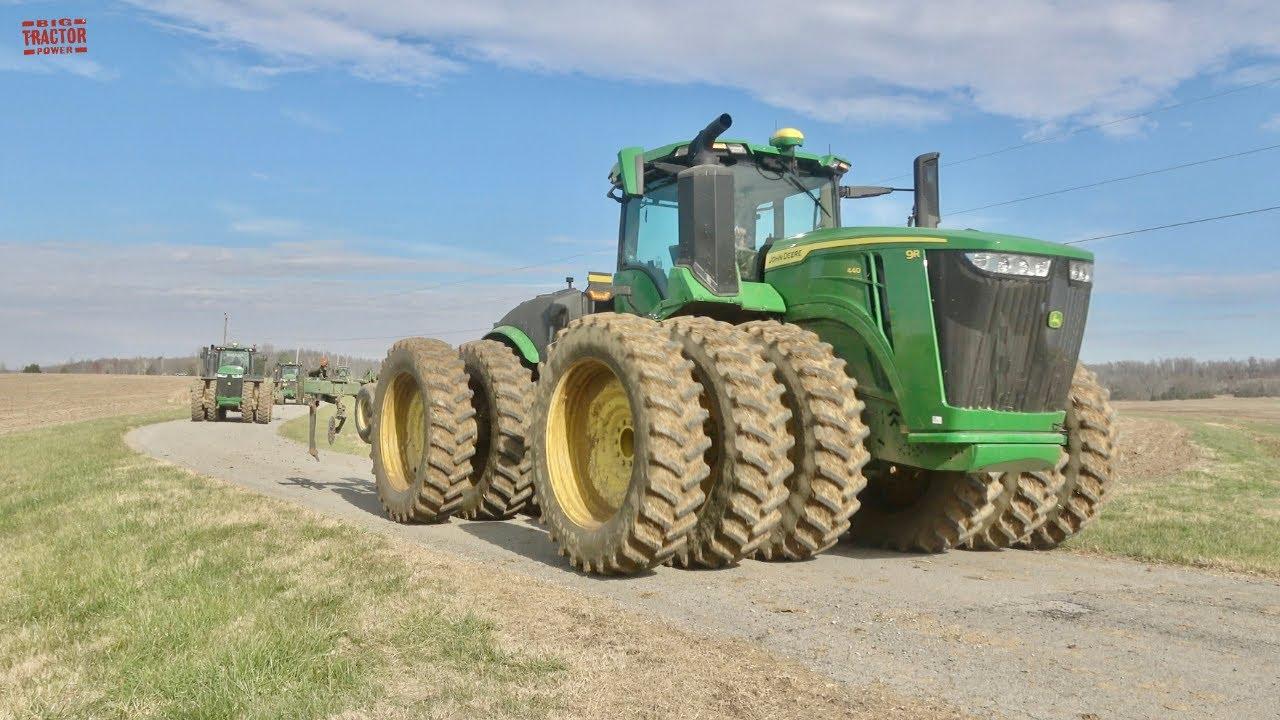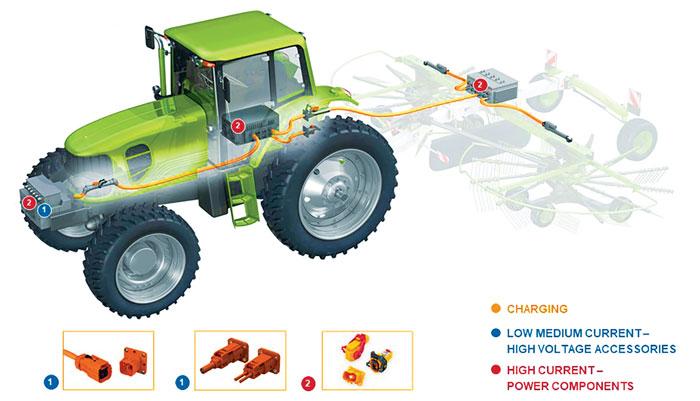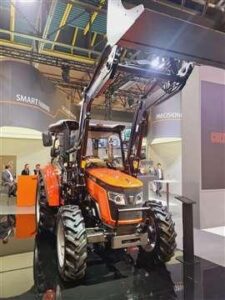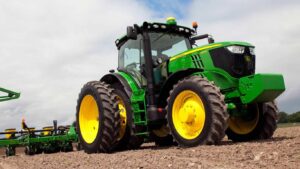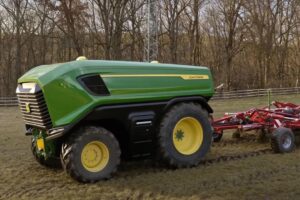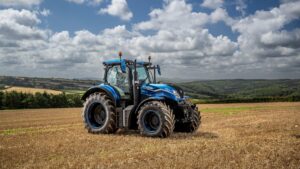The emergence of electric tractors in agriculture has sparked a contentious debate within the farming community, primarily centered on battery performance and operational duration. While manufacturers tout the environmental benefits and reduced operating costs of thes vehicles, farmers remain split over whether current battery technology can meet the demanding requirements of agricultural operations. This division reflects broader questions about the practical implementation of sustainable farming solutions in an industry where equipment reliability and consistent performance are paramount. The agricultural sector finds itself at a crossroads as electric tractors emerge as potential alternatives to traditional diesel-powered machinery. While manufacturers tout the environmental benefits and operational cost savings of these innovative vehicles, farmers remain divided over the practicality of battery-powered equipment in real-world farming conditions.
Recent field tests have shown that current electric tractor models can operate for approximately 4-6 hours on a single charge under moderate workload conditions. This duration presents a important challenge for farmers who typically work 12-16 hour days during peak seasons, such as harvest time. The limitation has sparked intense debate within farming communities about the viability of this technology for large-scale operations.
Industry leaders like John Deere and Solectrac have invested heavily in developing enhanced battery technology, promising extended operational times and faster charging capabilities. Their latest prototypes feature hot-swappable battery systems, allowing for speedy power unit exchanges to minimize downtime. however, these solutions come with ample infrastructure requirements and additional equipment costs.
Small-scale organic farmers have generally embraced the technology,citing reduced maintainance needs and lower operating costs as key advantages. These operations, typically working smaller acreage with less demanding power requirements, find the current battery capacity sufficient for their daily needs. The absence of exhaust fumes also aligns with their environmental commitments.
Conversely, large commercial farmers express skepticism about the technology’s readiness for intensive agricultural use. Their concerns center on the battery’s performance under heavy loads, such as plowing or harvesting, where power demands can substantially reduce operational time. The limited availability of charging infrastructure in rural areas further compounds these reservations.
Economic analyses reveal varying break-even periods depending on farm size and usage patterns. While initial purchase prices for electric tractors remain higher than conventional models, reduced fuel and maintenance costs can offset this investment over time. Studies indicate potential savings of 30-45% in operating costs over a five-year period,though these figures remain contested by some industry experts.
Weather conditions and temperature variations significantly impact battery performance, adding another layer of complexity to the debate. Cold weather can reduce battery efficiency by up to 25%, while extreme heat may affect battery longevity. These factors particularly concern farmers in regions with challenging climatic conditions.
As government incentives for sustainable farming practices increase, many agricultural businesses find themselves weighing the long-term benefits against short-term operational challenges. the industry’s polarization reflects broader questions about the pace of agricultural modernization and the balance between environmental responsibility and practical farming needs. Research and development continue as manufacturers work to address these concerns, while farmers carefully monitor advancements before making significant investments in this evolving technology.